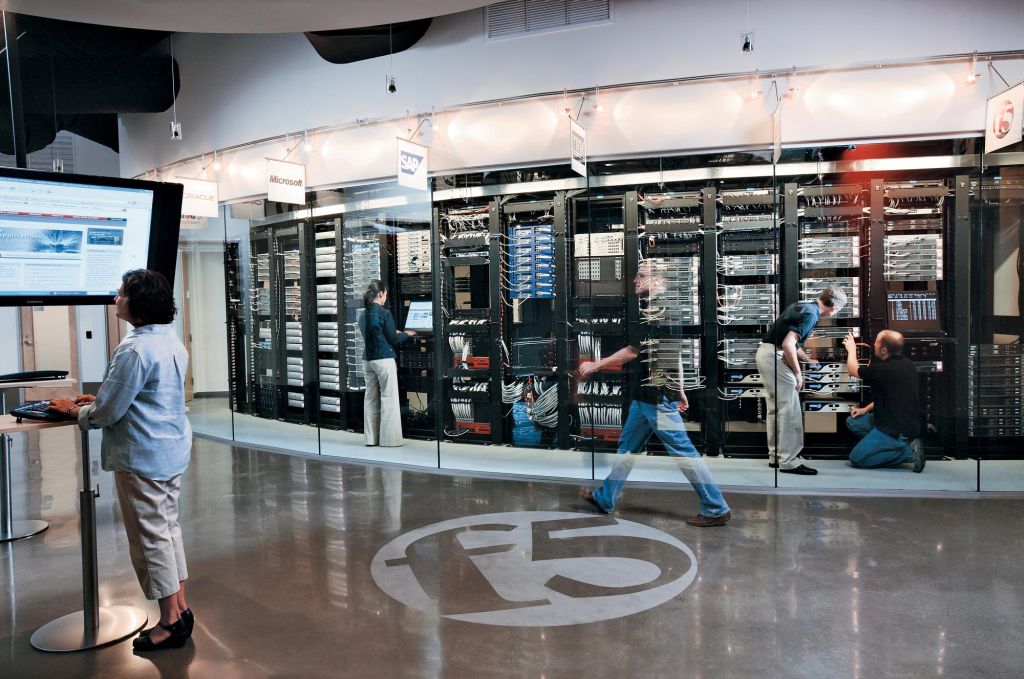F5 pioneered the concept of breaking up data center virtualization technologies into eight unique categories within the data center. Any virtualization products or technologies implemented in the data center will fall into one of these eight categories. With this paper, F5 discusses how it has implemented these same technologies within its own product line, helping enterprises get closer to achieving their goal of a implementing a complete Virtual Data Center with F5’s Application Delivery Networking products.
There’s no question that “virtualization” became the IT buzzword of 2007, and all indications are that this trend will continue with more gusto in 2008. Having already procured a dedicated article in almost all IT trade magazines as well as spawning entire conferences, there is still debate in the industry about what the term virtualization really means and its scope in the enterprise. The most common definitions still focus on operating system (OS) and desktop virtualization; the virtualization of the data center is still relatively unchartered territory.
Earlier this year, F5 addressed the lack of focus on the virtual data center by releasing a white paper titled “Virtualization Defined: 8 Ways,” where the technical components that make up all parts of the virtual data center were broken down into eight unique categories. This paper was more than just a market definitions paper: it was the blueprint for how F5 implements these different virtualization concepts and then uses these ideas to manage the virtual data center. F5 Enterprise Manager™ and the forthcoming ControlPoint products provide product proof points for F5’s dedication and commitment to total virtual data center management, extending the concepts of the Application Ready Network (ARN) into data center management through tools like dynamic provisioning of applications. Beyond these two management products, however, F5 has implemented various virtualization concepts since the introduction of the TMOS architecture in 2004.
[Download not found]